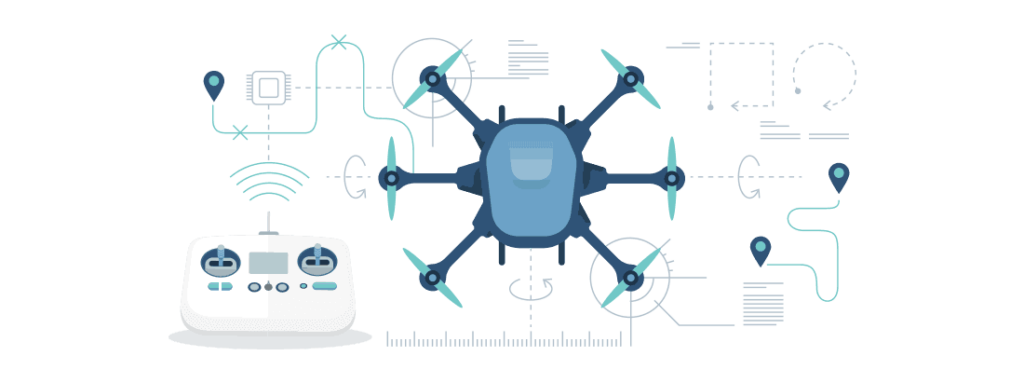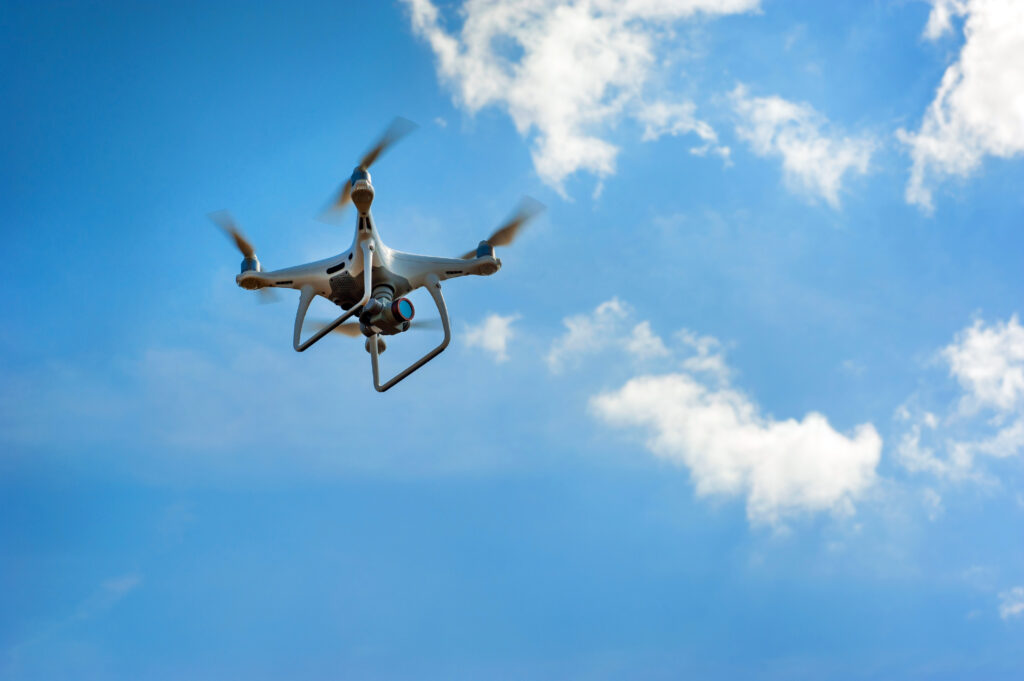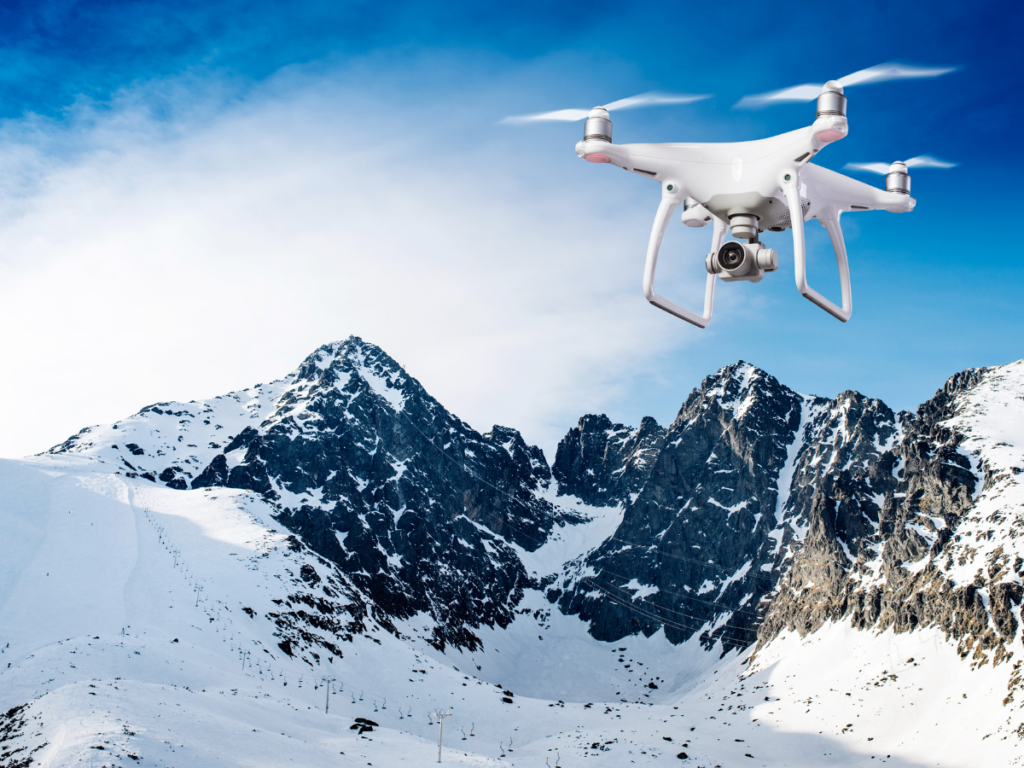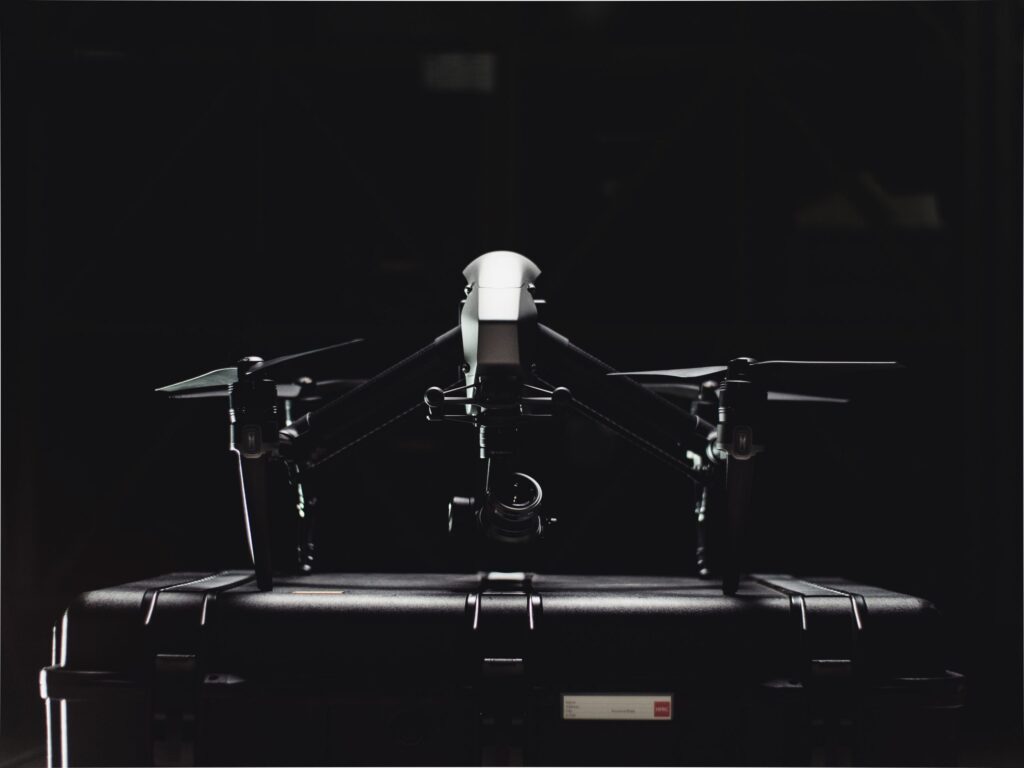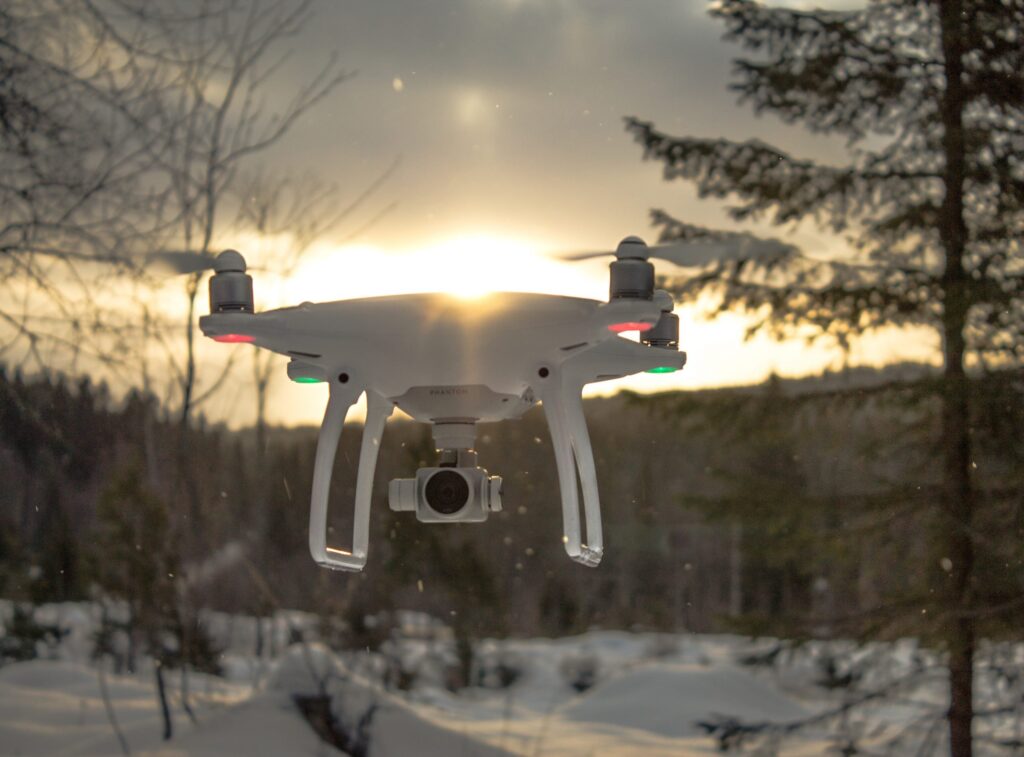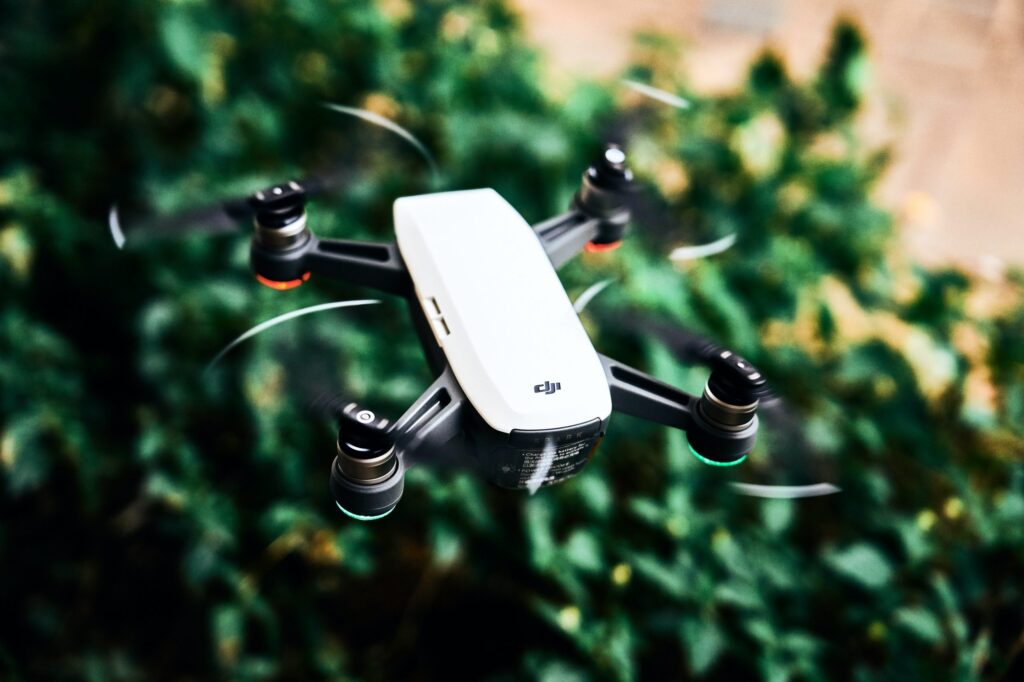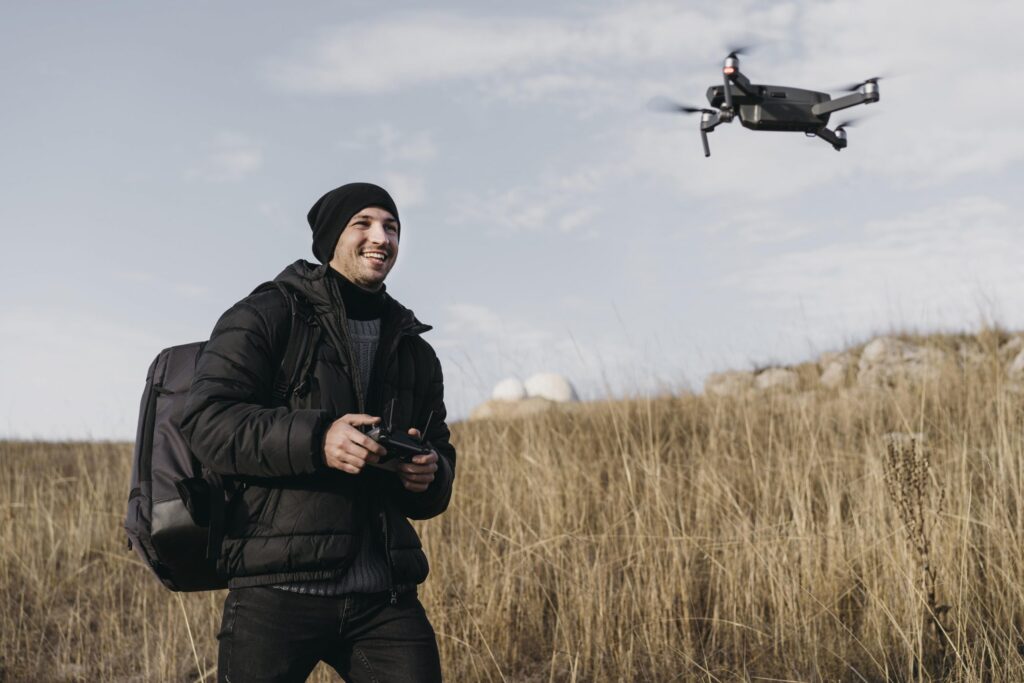The popularity of drones has grown recently; and not just for recreational use. They are also being used by the government and various industries. Operating drones safely and lawfully is becoming a major concern, and it’s leading to the need for rules, laws, and regulations. Thus, it may be beneficial to get drone training so you can be in compliance. When it comes to the basics of drone training, one of the things you’ll need to be aware of is the operational checklist. This is done before you launch your drone into the air, and it will ensure that you are operating your drone in a safe and legal manner.
What Is an Operational Checklist in Drone Training?
Before you get your drone into the air, you need to make sure it is in an ideal state to fly. Below are the things you’ll need to check so you can safely fly your drone.
1. Check the Flying Conditions
The vast majority of drones aren’t able to fly in inclement weather. This means that if it’s raining, super cold, or overly windy, you won’t be able to fly your drone in a safe manner. This could lead to damage of the craft, the drone getting lost, or even injury to someone if the drone is blown out of the sky. You’ll also need to be aware of the area in which you will be flying it in. For example, you are not allowed to fly them near crowds or where emergency response efforts are taking place. You also cannot operate a drone in or around airports.
2. Make Sure Your Drone Is Fit for Flying
In addition to knowing what the flying conditions will be when you take your drone out, you’ll want to make sure that it is fit for flying. This includes making sure the batteries are properly charged and there is no damage to the body or components. If you are going to be recording, you’ll want to make sure you have adequate space on the memory card. Should your drone have damage, going to drone training and learning what is detrimental and what is not can help you determine if you can safely operate your drone. It may be possible to fly your drone with a few scratches and dings, but knowing for sure will keep you in compliance with the rules and regulations.
3. Make Sure You Have the Proper Documentation
If you use your drone for commercial purposes, then you’ll need to have a commercial drone license to be able to fly it legally. Should you be using your drone at a construction site, you may be required to have additional permits when it comes to flying over the construction site. Knowing what permits you need to fly your drone legally will be your responsibility, and you’ll need to have the proper documentation on you when operating the drone.
4. Find Out If There Are Specific Operation Laws in Your Area
Every place might have different rules or laws when it comes to drone operation. Thus, if you are traveling to a new place, it’s in your best interest to do some research to find out what the rules and regulations are. This will keep you in compliance and out of trouble as you fly your drone.
More Information on Flying Drones
Flying a drone can be a lot of fun, but there are rules and laws that you have to abide by. When it comes to an operational checklist, this ensures that your equipment is capable and ready to fly, as well as ensuring that it’s done in the right conditions with the right permits. For more information about drone training and certification, contact Drone Pilot Training and get the most up-to-date information on flying your drone.

